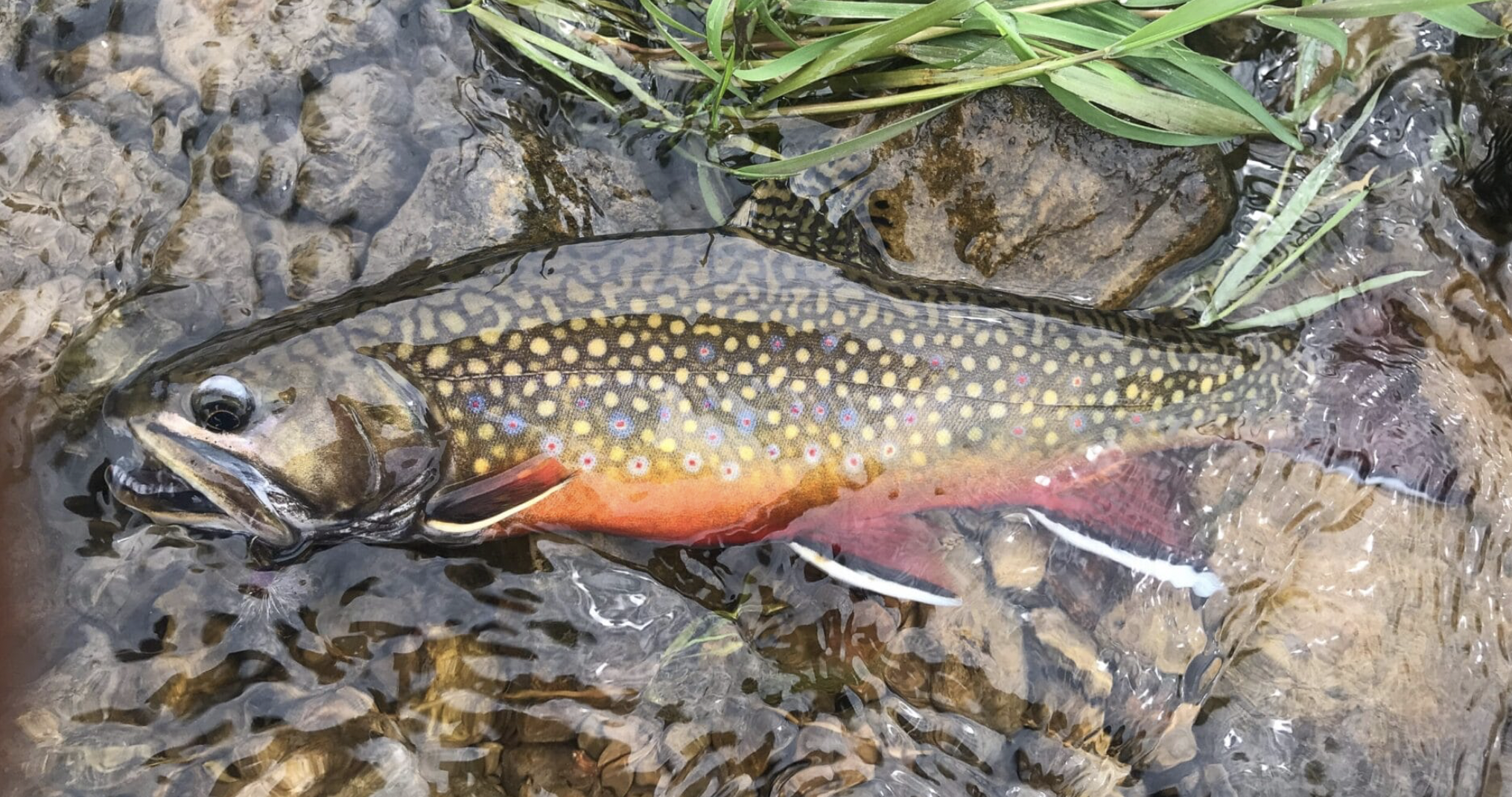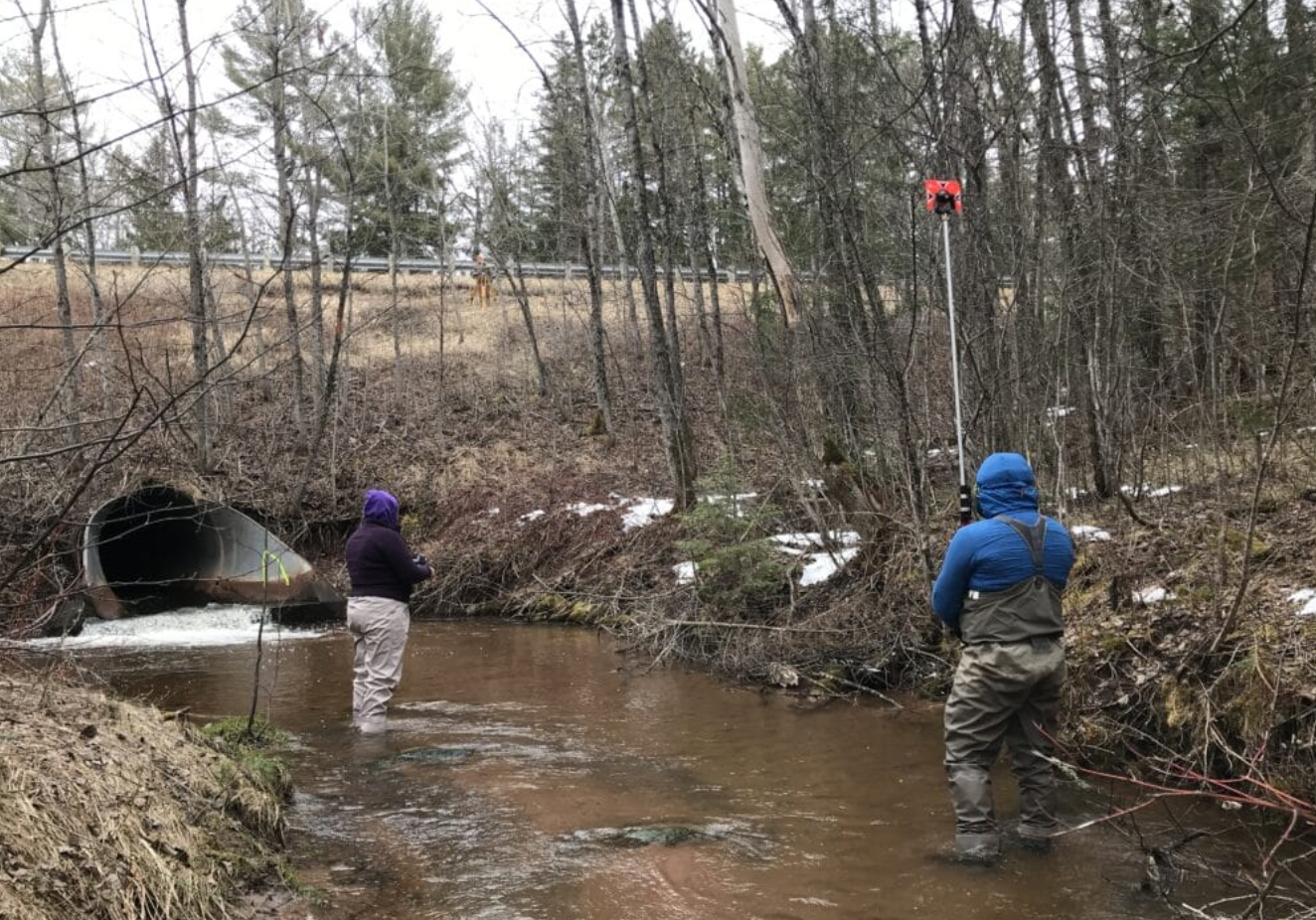Trout Unlimited and Wisconsin DOT Team Up to Reconnect Sandy Run Creek
Photo From: 👉 tu.org
Trout Unlimited (TU) has joined forces with the Wisconsin Department of Transportation (DOT) and several other agencies to enhance fish passage and flood resilience on Sandy Run Creek, a Class 1 trout stream in Douglas County, Wisconsin. Sandy Run Creek, which feeds into the well-known Bois Brule River, has been facing issues due to an old, perched culvert under Wisconsin Highway 27 that acts as a barrier to upstream fish movement.
Replacing the Culvert to Reconnect Habitat
This culvert is the only known obstacle preventing fish from traveling upstream from the Bois Brule and Little Bois Brule Rivers. The barrier impacts not only resident brook trout but also migratory species that move from Lake Superior into tributaries for spawning. TU, with support from partners like the U.S. Fish and Wildlife Service and the National Oceanic and Atmospheric Administration, will replace the culvert with a fish-friendly design, allowing stream residents and lake-run trout to move freely between upstream and downstream habitats.
Photo From: 👉 tu.org
Wisconsin DOT’s Role in the Project
As the project involves replacing a large crossing structure on a state highway, TU reached out to the Wisconsin DOT for support. Not only did the DOT agree to help, but they also took the lead on project design and implementation, this collaboration, supported by funding from the federal PROTECT program under the Bipartisan Infrastructure Law, will ensure the project not only restores fish passage but also enhances flood resilience in the sandy creek area.
Photo From: 👉 tu.org
Benefits Beyond Fish Passage
The new crossing will be larger and more stable, allowing for natural stream flows, helping to mitigate any possible flood risks, and creating a safer passage for both humans and trout. Additionally, TU is leading a project downstream on the Little Bois Brule River to improve access for both resident and migratory trout, further restoring habitat in the region.
With design plans expected to be completed by 2025 and construction scheduled for summer 2026, this partnership between TU and the Wisconsin DOT is a epic step toward restoring trout populations and improving the safety of infrastructure. to read more from TU on this project hit this link 👉 tu.org




